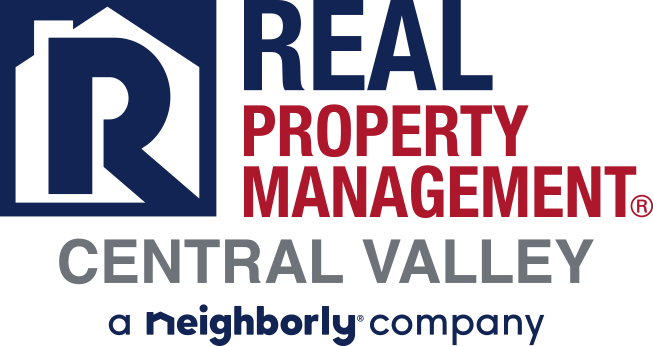How to access the value of a multifamily rental property

Are you planning on buying a multifamily rental property in the Central Valley or elsewhere in the United States? If so, you’re making a smart choice because, with multifamily rental properties more doors = more revenue but the big question is how do you access the value of these properties?
In this article we will provide you with tips you can use for accessing the value of a multifamily rental property.
The Sales Comparison Approach
The sales comparison approach (SCA) is one of the most recognizable forms of valuing residential real estate. This approach is simply a comparison of similar homes that have sold or rented over a given time period. Most investors will want to see an SCA over a significant time frame to glean any potentially emerging trends.
The SCA relies on attributes to assign a relative price value. Price per square foot is a common and easy to understand metric that all investors can use to determine where their property should be valued.
In other words, if a 2,000-square-foot townhouse is renting for $1/square foot, investors can reasonably expect income in that ballpark – if comparable townhouses in the area are going for that, too. Keep in mind that SCA is somewhat generic; that is, every home has a uniqueness that isn’t always quantifiable. Buyers and sellers have unique tastes and differences. The SCA is meant to be a baseline or reasonable opinion and not a perfect predictor or valuation tool for real estate.
It is also important for investors to use a certified appraiser or real estate agent when requesting a comparative market analysis. This mitigates the risk of fraudulent appraisals, which became widespread during the 2007 real estate crisis.The Capital Asset Pricing Model
The capital asset pricing model (CAPM) is a more comprehensive valuation tool. The CAPM introduces the concepts of risk and opportunity cost as it applies to real estate investing. This model looks at potential return on investment (ROI) derived from rental income and compares it to other investments that have no risk, such as United States Treasury bonds or alternative forms of investing in real estate, such as real estate investment trusts (REITs).
In a nutshell, if the expected return on a risk-free or guaranteed investment exceeds potential ROI from rental income, it simply doesn’t make financial sense to take the risk of rental property. With respect to risk, the CAPM considers the inherent risks to rent real property.
For example, all rental properties are not the same. Location and age of property are key considerations. Renting older property will mean landlords will likely incur higher maintenance expenses. A property for rent in a high-crime area will likely require more safety precautions than a rental in a gated community.
This model suggests factoring in these “risks” before considering your investment or when establishing a rental pricing structure. (CAPM helps you determine what return you deserve for putting your money at risk.The Income Approach
The income approach focuses on what the potential income for rental property yields relative to initial investment. The income approach is used frequently for commercial real estate investing.
The income approach relies on determining the annual capitalization rate for an investment. This rate is the projected annual income from the gross rent multiplier divided by the current value of the property. So if an office building costs $120,000 to purchase and the expected monthly income from rentals is $1,200, the expected annual capitalization rate is:14,400 ($1,200 x 12 months) ÷ $120,000 = .12 or 12%This is a very simplified model with few assumptions. More than likely there are interest expenses on a mortgage. Also, future rental incomes may be less or more valuable five years from now than they are today.Many investors are familiar with the net present value of money. Applied to real estate, this concept is also known as a discounted cash flow. Dollars received in the future will be subject to inflationary as well as deflationary risk and are presented in discounted terms to account for this.The Cost Approach
The cost approach to valuing real estate states that property is only worth what it can reasonably be used for. It is estimated by combining the land value and the depreciated value of any improvements.
Appraisers from this school often espouse the “highest and best” use to summarize the cost approach to real property. It is frequently used as a basis to value vacant land.For example, if you are an apartment developer looking to purchase three acres of land in a barren area to convert into condominiums, the value of that land will be based upon the best use of that land. If the land is surrounded by oil fields and the nearest person lives 20 miles away, the best use and therefore the highest value of that property is not converting to apartments, but possibly expanding drilling rights to find more oil.Another best use argument has to do with property zoning. If the prospective property is not zoned “residential,” its value is reduced since the developer will incur significant costs to get rezoned. It is considered most reliable when used on newer structures and less reliable for older properties. It is often the only reliable approach when looking at special use properties.The Bottom Line
Most serious investors will look at components from all of these valuation methods before making a rental decision. Learning these introductory valuation concepts should be a step in the right direction to getting into the real estate investment game. Then, once you’ve found a property that can yield you a favorable amount of income, find a favorable interest rate for your new property using a mortgage calculator. Using this tool will also give you more concrete figures to work with when evaluating a prospective rental property.
Contact RPM Central Valley
Ready to start searching for rentals in the Central Valley? Contact RPM today by calling us at (209) 572-2222 or connect with us online.
